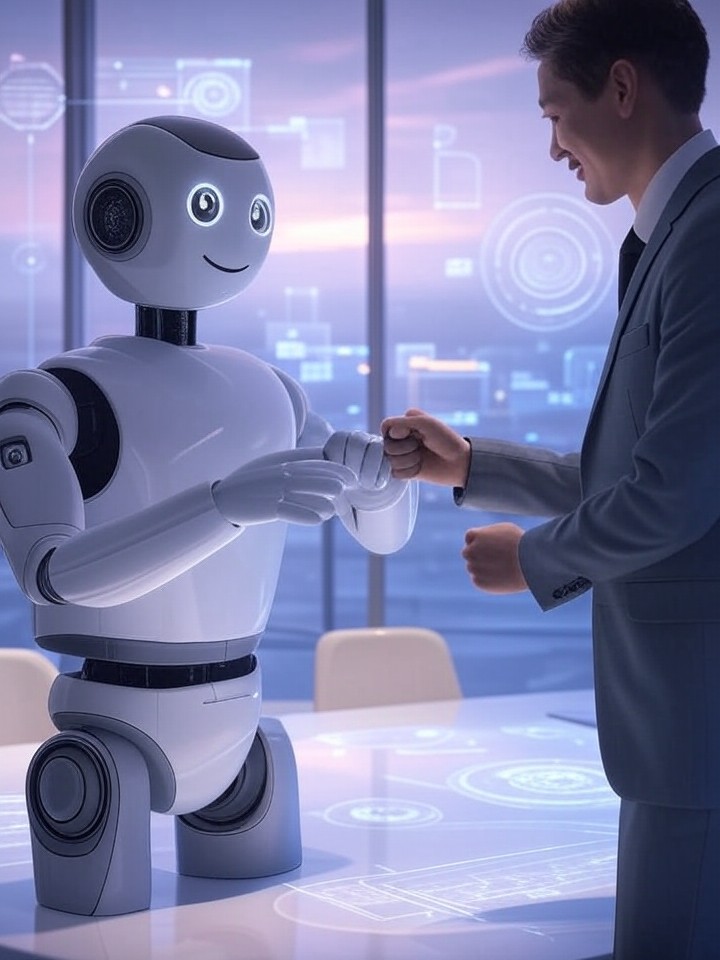Save The Sea Life: Killing The Sea Life Means Killing Ourselves
“Earth provides enough to satisfy every man’s need, but not every man’s greed.”
If you are reading this right now, then probably you are someone who wants to conserve or get some information or save the environment. Hear me out, this article is long and looks a bit boring but make sure you read it till the end!
You might as well know about global warming. But what are the real causes of global warming? Yes, there are deforestation, pollution and so many more but one of the major reasons for global warming is the loss of sea life. For decades, people have been hunting fishes. They have been using them as entertainment in marine shows events, eating them as food and just hunting them for fun. But the act has increased to such a big scale that it’s far from our imagination.
As stated by the Sentinent Media, every day 2.7 billion fishes are killed. Now, you might be thinking how does the loss of sea life really harm the environment? Let’s assume that there are levels of fish. Level one is the biggest predator and more levels mean smaller fish. So, when we hunt or kill an animal from level 1 the population of level 2 increases since there is no predator to eat it. Then, after level 2 fish dies as well as it has consumed all of level 3 fish and they have nothing to eat. Level 3 fish die as well as all of them have been consumed by level 2. This way the whole ecosystem in the sea collapses. Even the water-based plants die and leave the seafloor empty.
You might have heard about the loss of coral reefs on the ocean floor. The cause of their death is also the loss of fishes that keep them alive. Coral reefs use the waste product of fish as food so when the fishes are absent they die as well. Scientists even predict that the sea may be empty in 2048 if the current activities that harm sea life continue. You see global warming is caused due to greenhouse gases but the oceans take in most of the carbon dioxide. It at least sucks up one-quarter of the carbon dioxide created by humans; the oceans are more convenient than trees absorbing carbon dioxide. Most of them are taken in by the plants in the sea, but when it’s empty we will only emit more carbon dioxide causing rapid climate change.
Now, what are the real reasons for the loss of sea life? One reason is plastic and pollution. When humans throw their waste and garbage in the ocean the plastic breaks down into smaller particles and causes animals to swallow them which slowly kills them. Other animals consume them directly mistaking them for food and die due to starvation. This causes many creatures to become endangered; we have the example of turtles.
We often hear the stories of plastic straws stuck in their throat and nostrils that cause their death. In the report of Condor Ferries UK, there are 5.25 trillion macro and micro pieces of plastic in our oceans and 46,000 pieces in every square mile of oceans, and it’s increasing day by day.
Global warming itself is the reason for the loss of sea life. Many of them are losing their habitat which is causing their extinction. According to WWF, most of the freshwater habitat fish have lost their homes. Most parts of the world address pollution, global warming and plastic as the problems solely causing the loss of sea life. But the reason doesn’t limit there. The fundamental cause for loss of sea life is due to fishing, hunting and bycatch. As stated by Ecohustler, one trillion fishes are solely slaughtered by humans every year.
Now, when we talk about fishing we are not only talking about shrimps, salmon, catfish, or the normal fishes you are eating every day. We are talking about dolphins, whales and sharks as well which are such important animals for the continuity of the ecosystems.
According to Oceana, an organization helping to save animals from getting killed, 650,000 whales, dolphins and seals are killed around the world each year as a result of bycatch. Bycatch is also a ground cause of loss of sea life. Bycatch simply means the discarded catch of marine species and unobserved mortality due to a direct encounter with fishing vessels and gear. An example of bycatch can be, the motive of the fisherman is to catch tuna. In order to catch tuna, they put their nets in the oceans but when trying to catch tuna even dolphins get caught. But when they set the dolphins free they are already dead or killed by the fisherman from their own greed.
Bycatch is an obstacle as it can change the availability of prey which acts upon marine ecosystems and the productivity of fisheries. Bycatch can negatively affect species such as dolphins, sea turtles, protected fish, and whales by contributing to population declines, harming animals, and impeding population recovery. Though there are many rules and petitions to stop this, they aren’t effective at all.
Things like fishing illegally, stealing fish from boats, hunting down endangered animals, fishing in places that are secured by the government, bribing observers who check if they are hunting or fishing any endangered or illegal animals and if not accepted killing them. These are normally occurring things in the fishing industry yet hidden.
The money that comes from killing the innocent lives of water animals is also at such a high rate. Scientists even believe that that much money is enough to end world hunger. On many coasts of Africa, people are forced to eat other wild animals due to the loss of water animals.
Deprivation of foods is causing the spread of viruses like Ebola. The consequences of the loss of sea animals also have a huge impact on humans. Our lives can’t continue without the sea. But the loss of sea animals is not the only thing happening while fishing. It is causing slavery as well. Many people are trapped in the middle of the ocean for years and years just to fish. When they don’t follow the orders, they are tortured, abused, or dropped in the middle of the sea to die. Fishing itself is a dangerous job as well. As stated by Commercial fishing safety, 117 workers out of 100,000 workers die every year while fishing.
So what are the solutions to the loss of sea life? Many people think sustainable fishing is one of the solutions but it is not true at all. There is no such thing as sustainable fishing. Even if we start farming fishes, we need to slaughter more fishes just to make them food excluding all the viruses and diseases that kill fishes. The best thing we can do is to leave the ocean all alone. Marine life is an amusing thing; it can recover all the numbers of all the loss of animals caused if given time.
But if we have to leave the oceans alone, what can substitute the nutrients and proteins that we get from fish? Many doctors recommend eating sea and water plants like algae. Actually, all the nutrients that fish provide us, they get from the water-based plants they eat. Also eating a lot of fish causes a lot of side effects. Fish take harmful chemicals from the water like mercury and PCBs that can build up their body over time. If fish is consumed too much by humans, they harm the nervous and brain system. But if we eat water-based plants not only do they give us nutrition but they also don’t cause us side effects. They even taste the same as fish.
Another way to help in the stop of loss of marine animals is using the three R’s (Recycle, Reuse and Reduce) or even going into a zero-waste life. Using the advantage of social media to make more people talk about it is also one step. This way we can save many lives of marine animals and stop them from going extinct and saving our environment at the same time.
These small steps are a necessity to calm down global warming and the loss of water animals.










